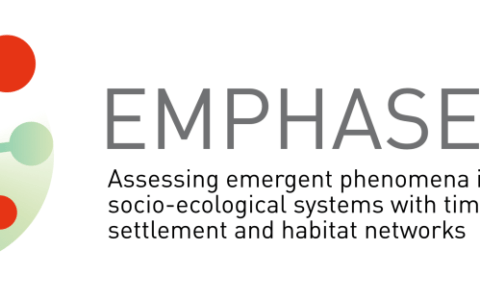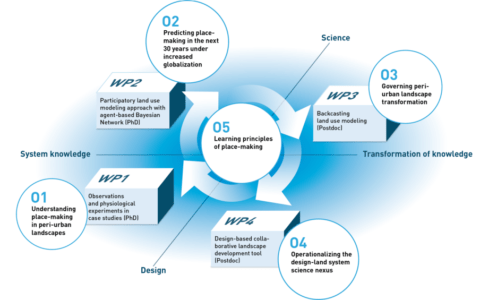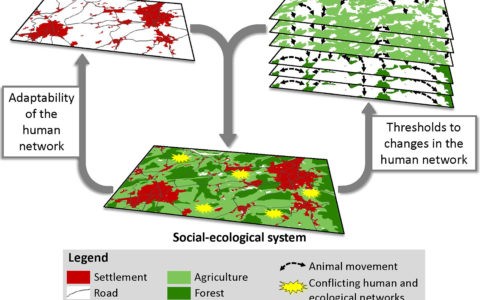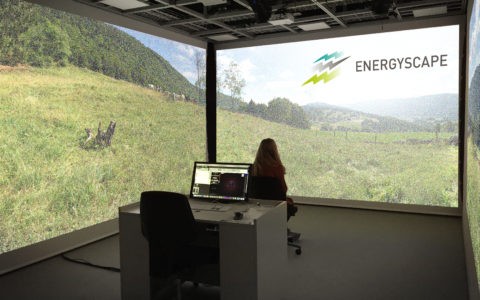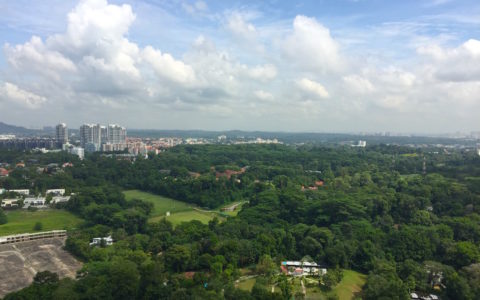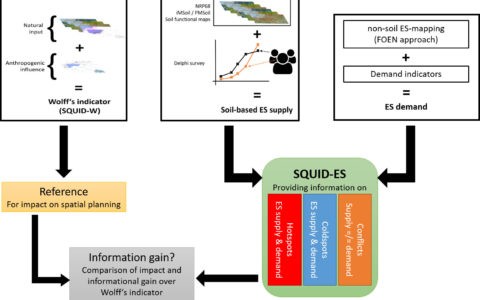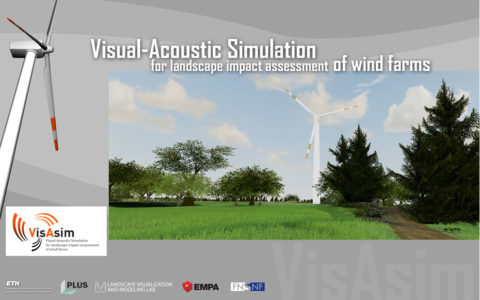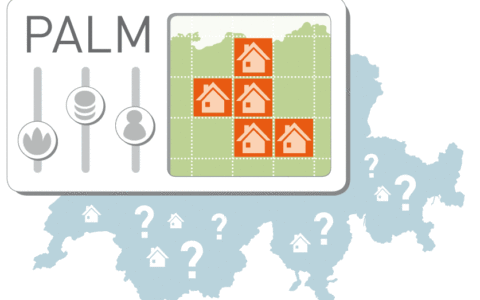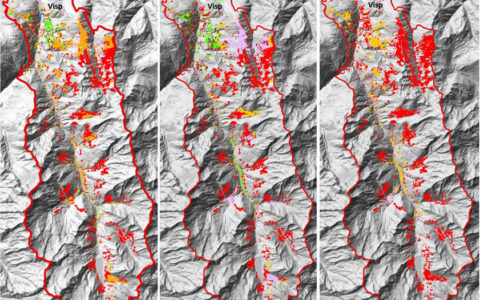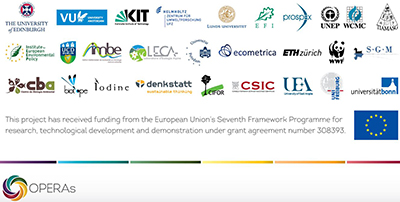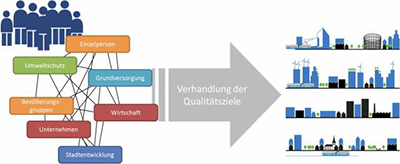Prof. Dr. Adrienne Grêt-Regamey | Landscape Planning and Urban Systems
Difference-Oriented Urban Planning (DiffUrb)
Cities are characterized by a pluralism of people and uses. This fact is becoming increasingly relevant for the practice of urban planning. Any handling of differences regarding living conditions and spatial and temporal uses is frequently based on an analysis that only considers a single feature such as income, some spaces, or a particular time of day. This study critically examines this restrictive understanding of differences; an understanding that imposes exclusive features on individuals, places, or a particular time of day, thereby simplifying complex realities. Firstly, this concept of difference includes numerous existing personal, spatial, and temporal features such as social position, income, age, gender, language, disability, and religion, plus the differentiated use of spaces. The aim is to understand these characteristics in their intersectional combination and dissolve representations of supposedly homogeneous uses of the city. Secondly, we shall challenge the current understanding of urban planning by establishing a new and innovative urban planning approach – difference-oriented urban planning. This approach conceptualizes difference to be a part of planning theory and practice.
This is a joint project of two ETH Zurich chairs:
- Planning of Landscapes and Urban Systems (PLUS), Prof. Dr. Adrienne Grêt-Regamey
- Transport Planning and Systems (IVT), Prof. Dr. Kay Axhausen
Contact
Heidi Baumann | Planning of Landscapes and Urban Systems (PLUS), Prof. Dr. Adrienne Grêt-Regamey
Benjamin Gramsch | Transport Planning and Systems (IVT), Prof. Dr. Kay Axhausen
Publications
Difference in Urban Planning. Interdisciplinarity as an Approach to Understanding the Complexity of Contemporary Urban Societies. In: NSL Newsletter No 56, December 2022

